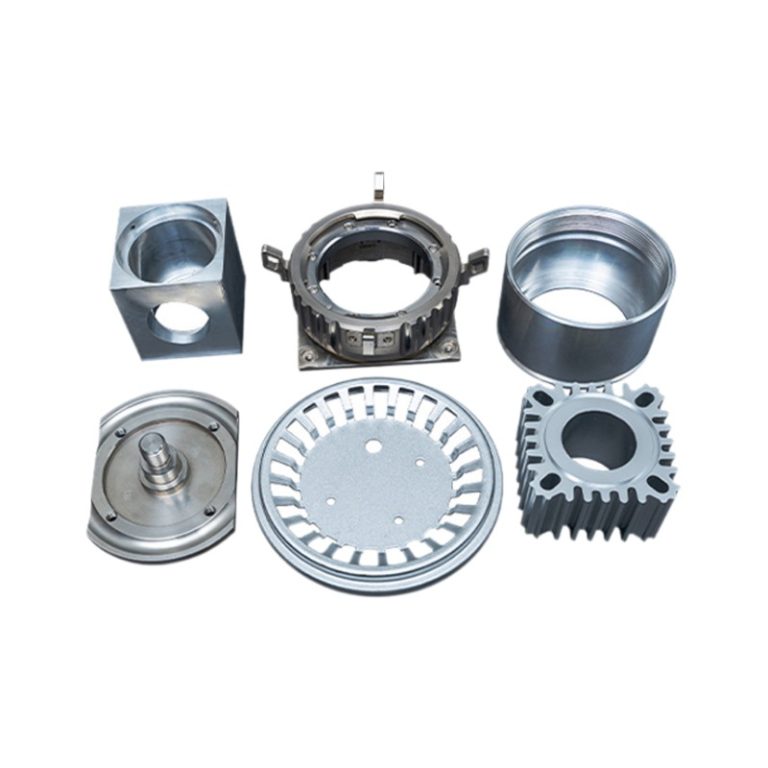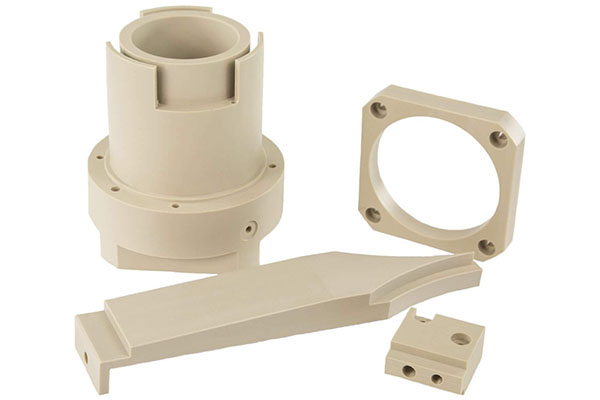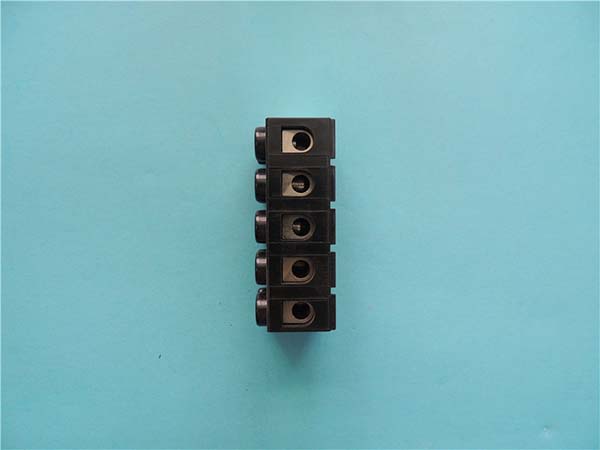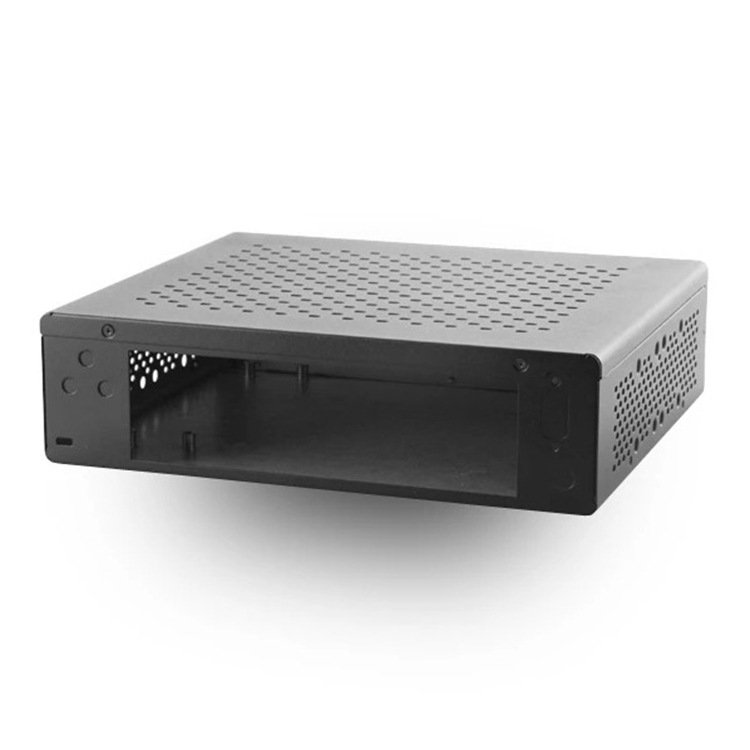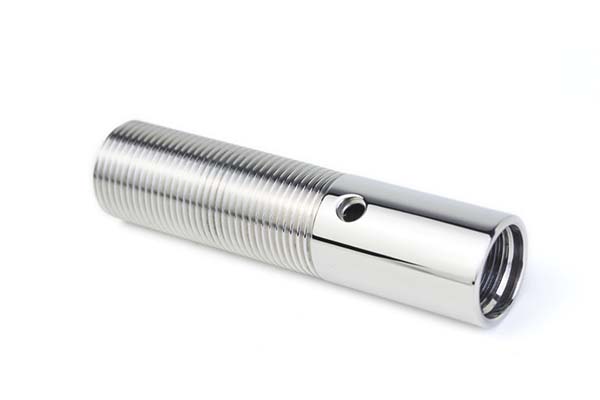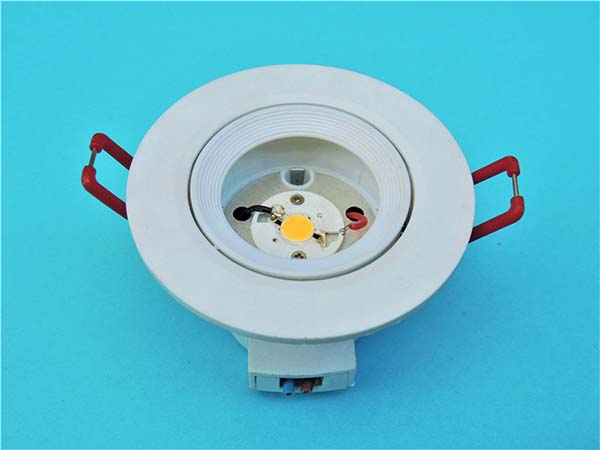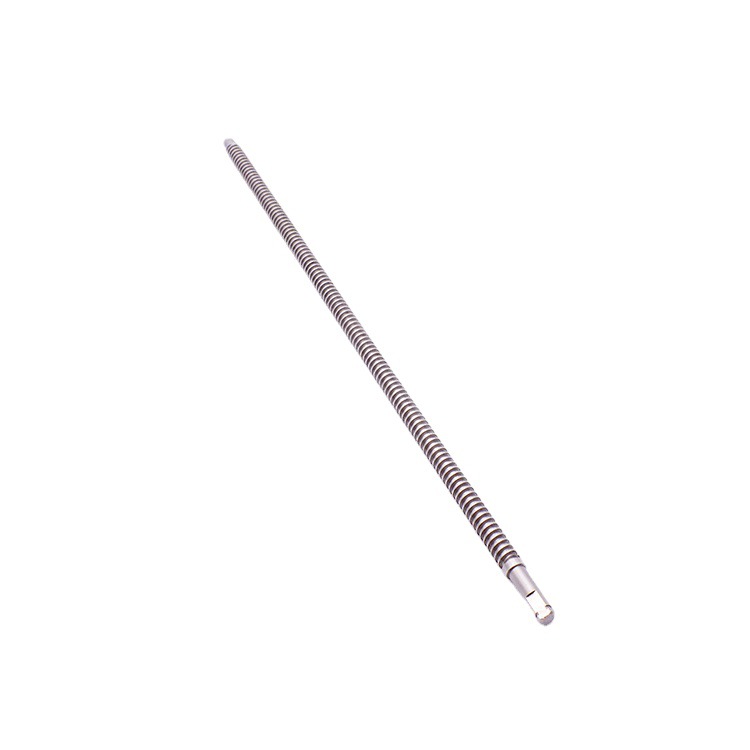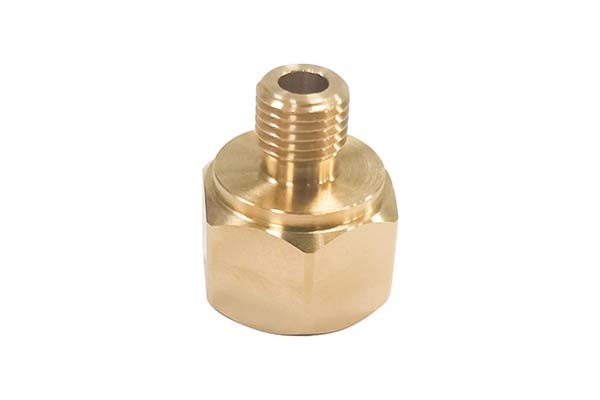engineering excellence in precision machine auto components is a multi - faceted concept that goes far beyond just manufacturing parts with high precision. It encompasses a combination of technical prowess, innovation, quality control, and efficient production processes.
Precision in Manufacturing
At its most basic level, precision in manufacturing means producing components with extremely tight tolerances. For example, in the production of engine pistons, the tolerance levels can be as low as a few microns. A piston that is even slightly out of tolerance can cause engine inefficiencies, increased fuel consumption, and potential engine damage. According to industry standards, high - performance engine components should have a dimensional accuracy of ±0.001 inches or better in many cases. This precision is achieved through advanced machining techniques such as computer - numerical - control (CNC) machining, which can follow complex geometric patterns with extreme accuracy.
Innovation in Design and Materials
Innovation is another crucial aspect of engineering excellence. This involves constantly seeking new ways to improve the design of auto components to enhance performance, durability, and fuel efficiency. For instance, the use of lightweight yet strong materials like carbon fiber - reinforced polymers (CFRP) in auto body components has become increasingly popular. These materials can reduce the weight of the vehicle, leading to better fuel economy and improved handling. In fact, studies have shown that a 10% reduction in vehicle weight can lead to a 6 - 8% improvement in fuel efficiency.
New design concepts are also being developed to optimize the functionality of components. For example, the design of modern fuel injectors has evolved to provide more precise fuel atomization, which improves combustion efficiency and reduces emissions. By using computational fluid dynamics (CFD) simulations during the design phase, engineers can test and refine injector designs to achieve the best possible performance.
Stringent Quality Control
Quality control is the backbone of engineering excellence in precision machine auto components. It ensures that every component leaving the production line meets the highest standards. This includes a series of inspections at various stages of production, from raw material inspection to final product testing.
Inspection methods can range from traditional tactile measurements using coordinate - measuring machines (CMMs) to non - destructive testing techniques like X - ray and ultrasonic inspection. For example, X - ray inspection can be used to detect internal defects in cast components, ensuring that only defect - free parts are used in the assembly process. Quality control also involves statistical process control (SPC), where data is collected and analyzed during production to identify and correct any process variations before they result in defective products. A well - implemented SPC system can reduce defect rates by up to 50% according to industry reports.
Key Aspects of Engineering Excellence
Precision Manufacturing Techniques
Advanced precision manufacturing techniques are the cornerstone of producing high - quality machine auto components. Ultra - precision machining, for example, can achieve tolerances in the nanometer range. This level of precision is crucial for components like fuel injector nozzles. These nozzles require extremely accurate hole diameters and surface finishes to ensure proper fuel atomization. A study by a leading automotive research institute found that a 10% improvement in the precision of fuel injector nozzles can lead to a 5 - 7% increase in fuel combustion efficiency.
Electrical Discharge Machining (EDM) is another important technique. It is used for manufacturing complex - shaped components from hard materials. In the production of turbine blades for turbochargers, EDM can create intricate cooling channels that are impossible to achieve with traditional machining methods. This improves the heat dissipation of the turbine blades, enhancing their durability and performance under high - temperature and high - stress conditions.
Material Selection and Optimization
The choice of materials plays a vital role in determining the performance of auto components. For instance, in the manufacturing of engine blocks, cast iron has been a traditional material due to its good casting properties, high wear resistance, and relatively low cost. However, with the increasing demand for lightweight vehicles, aluminum alloys are now being widely used. Aluminum alloy engine blocks can reduce the weight of the engine by up to 30% compared to cast - iron ones, leading to better fuel efficiency and reduced emissions.
In the case of suspension components, high - strength steel is often the material of choice. It provides the necessary strength and toughness to withstand the dynamic loads during vehicle operation. For example, the control arms in a vehicle's suspension system are typically made of high - strength steel. A research report shows that using high - strength steel in suspension components can improve the vehicle's handling stability by 15 - 20% compared to using ordinary steel.
Quality Control and Assurance
A rigorous quality control process is essential to ensure that precision machine auto components meet the highest standards. Coordinate Measuring Machines (CMMs) are widely used to measure the dimensional accuracy of components. They can measure complex geometries with high precision, typically achieving an accuracy of ±0.0001 inches. For example, when manufacturing transmission gears, CMMs are used to measure tooth profiles, pitch diameters, and run - out tolerances to ensure smooth gear meshing and efficient power transmission.
Statistical Process Control (SPC) is also an important tool in quality control. By collecting and analyzing data during the production process, SPC can detect and correct process variations in a timely manner. For example, in the production of brake discs, SPC can monitor the thickness variation of the discs. If the thickness variation exceeds the acceptable range, adjustments can be made to the machining process, reducing the defect rate and ensuring consistent product quality.
Design Innovation for Performance
Innovative design concepts can significantly enhance the performance of auto components. Take the design of engine pistons as an example. Traditional piston designs have been improved by optimizing the piston skirt shape. New skirt designs, such as the slipper - skirt piston, reduce friction between the piston and the cylinder wall. A case study on a high - performance engine showed that the use of a slipper - skirt piston reduced friction by 20%, resulting in a 3 - 5% increase in engine power output and a 2 - 3% improvement in fuel efficiency.
Another example is the design of automotive air intake manifolds. Through Computational Fluid Dynamics (CFD) analysis, engineers can optimize the shape of the manifold to improve the air - fuel mixture distribution in the engine cylinders. This leads to more efficient combustion, reducing emissions and improving engine performance. A recent automotive industry study found that optimized air intake manifold designs can reduce nitrogen oxide (NOx) emissions by 10 - 15% while increasing engine torque by 5 - 8%.
Yigu Technology's Perspective
As a non - standard plastic metal products custom Supplier, Yigu Technology plays a crucial role in the field of precision machine auto components. We understand that each automotive project has unique requirements, and our strength lies in providing customized solutions. Whether it's a special - shaped plastic component for an interior trim or a high - strength metal part for the engine, we work closely with our clients from the initial design concept to the final product delivery.
We place great emphasis on material selection. Our team of experts carefully evaluates different materials to ensure they meet the performance, durability, and cost - effectiveness requirements of the auto components. For example, when manufacturing parts that need to withstand high temperatures, we might choose heat - resistant plastics or alloys. In terms of innovation, we are constantly exploring new manufacturing processes. By adopting novel techniques, we can enhance the precision and reliability of our products, ensuring they meet the stringent standards of the automotive industry.
FAQ
What are the common materials used in precision machine auto components?
Common materials include aluminum alloys, which are favored for their low density, high strength - to - weight ratio, and good corrosion resistance. They are often used in engine components, such as cylinder heads, to reduce weight and improve fuel efficiency. High - strength steel is another popular choice, especially for parts that need to withstand high stress, like crankshafts and axles. Engineering plastics, such as polyamide (PA) and polycarbonate (PC), are used for interior components and some non - critical exterior parts due to their low cost, good moldability, and lightweight properties.
How can I ensure the quality of precision machine auto components?
Firstly, choose a supplier with relevant certifications, such as ISO 9001, which indicates they have a well - established quality management system. Participate in the quality control process during production, including raw material inspection, in - process checks, and final product testing. Request third - party inspections from accredited institutions. These inspections can provide an unbiased assessment of the component's quality, ensuring it meets the required standards.
What are the latest trends in precision machine auto component engineering?
One of the latest trends is the integration of smart technologies. Components are now being designed with sensors to monitor performance, such as temperature, vibration, and wear. This data can be used for predictive maintenance, reducing unexpected breakdowns. Lightweighting is also a significant trend, with the use of advanced materials like carbon fiber composites to reduce vehicle weight. Green manufacturing, which focuses on reducing environmental impact through energy - efficient production processes and the use of recyclable materials, is becoming increasingly important. These trends are driving the automotive industry towards more efficient, sustainable, and high - performing vehicles.
